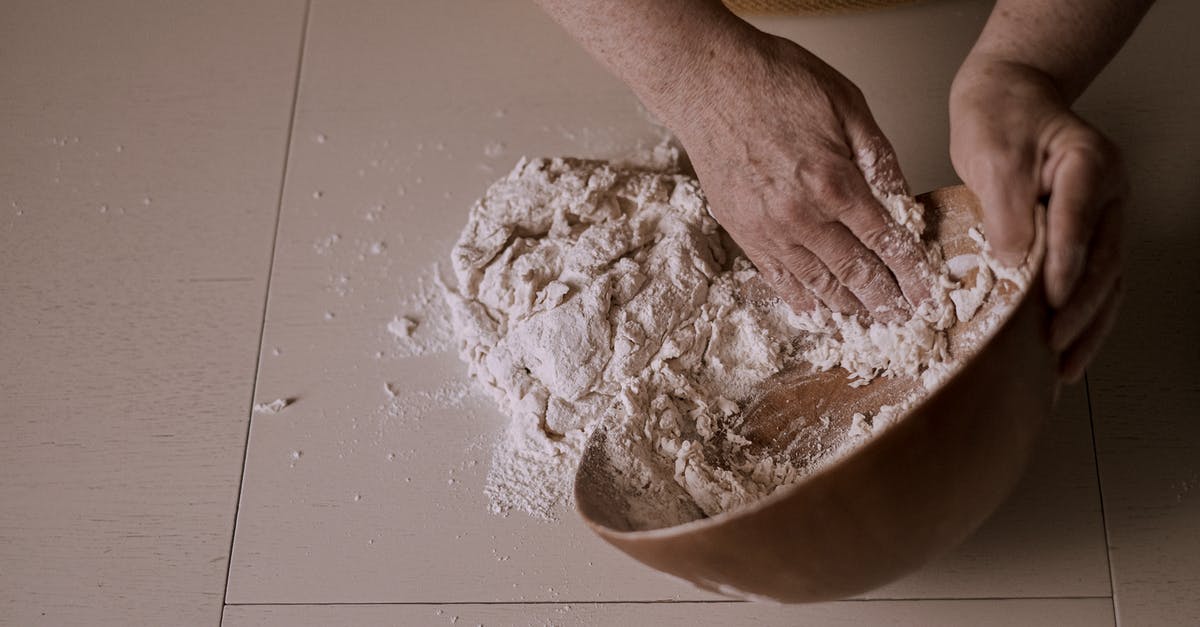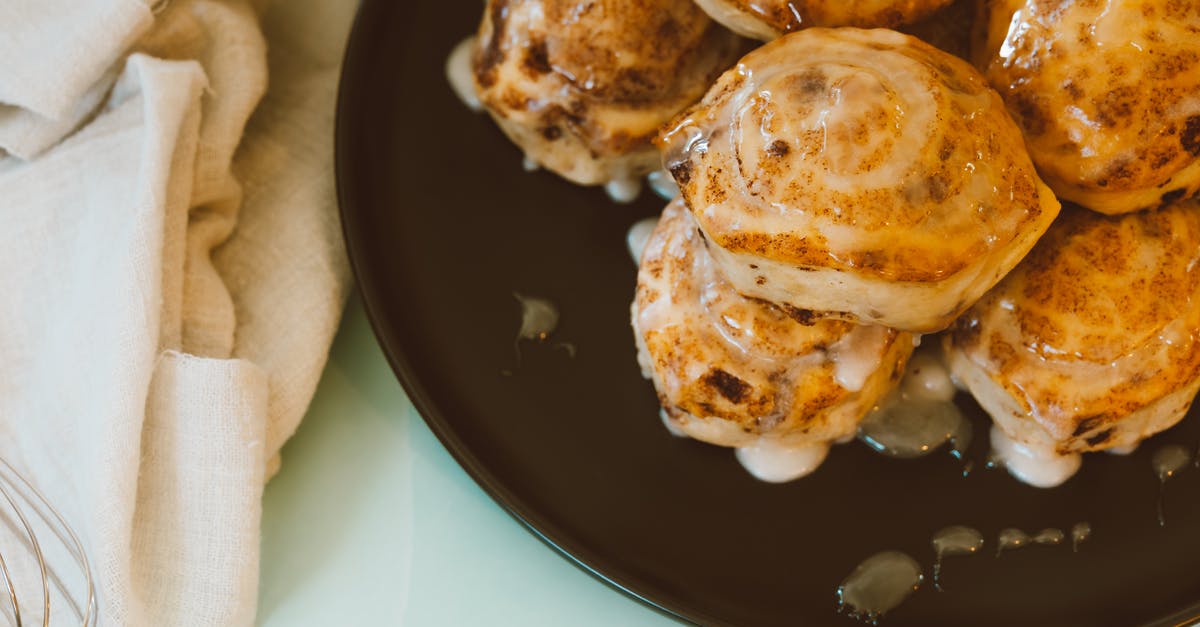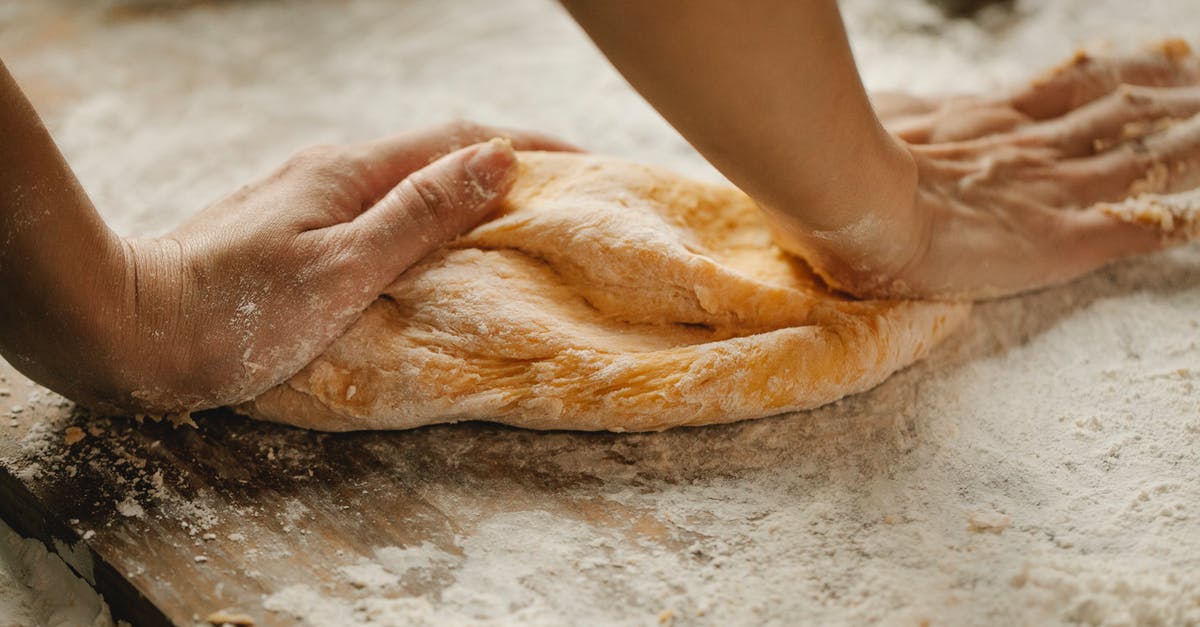When kneading bread dough, how sticky is 'too sticky'?

I often see the directions "If it's too sticky, add more flour". This usually comes shortly after "Add as little flour as possible." Being a perfectionist, these two instructions combine to make me an agitated baker. In general, how sticky is too sticky? Does a general answer to that question exist? I know that, no matter what, my 100% hydration pain au levain will be a lot different than a 60% whole wheat or something. However, how often should I be putting aside the dough for bulk ferment and then washing gobs of dough off my hands?
Adding to this confusion is that, when I've made bread with the KitchenAid in the past, the bread can be sticky and leave flour on the sides of the bowl for the first nine minutes of kneading and then poof something magical happens in the last minute and it stops being sticky, gathers the rest of the flour from the sides of the bowl, and is very pleasant to work with. Should I be adding flour until something like that happens? Or perhaps kneading it with the lower flour amount until that happens? I feel this is related enough not to create another question but I can do so if needed. Thank you!
Best Answer
Having dough stick to your hands is not a sign of failure.
Stickiness is related to the hydration in your dough, no more and no less. A focaccia dough is going to be very sticky, and it is meant to be. Unless you knead with oil (a valid technique for sticky doughs) you will be cleaning dough off your hands, and a lot of it. At the same time, if you are making a drier dough that you know should not be sticky then it's a sign that your dough either hasn't incorporated the water, the gluten hasn't fully developed, or maybe you need a bit more flour in it. If you've been kneading 10 minutes and it's still sticky then a dusting or two might be required. If you've been very precise with your measurements (you weigh everything in grams, including the water) then this should rarely happen.
If dough on your hands bothers you then you can reserve some from the recipe and add it in as you knead it, it will keep the dough from sticking and make it easier to handle.
EDIT: From the comments it sounds like you are reserving flour and only adding it after you let it autolyse. This isn't ideal, what will happen is that the yeast will operate on the water and gluten available, and the flour will soak up the rest meaning the available moisture is gone. Adding flour after you autolyse means it won't get incorporated. Add all the flour before you autolyse and don't add any after, except maybe a very small amount for dusting. I'd suggest if its still sticky try giving it a longer resting period or knead with oil instead.
You are also kneading before you autolyse, which is also not recommended, the right way to do it is to mix your ingredients until incorporated, then rest, then knead. If you knead it before you toughen it up too much.
Pictures about "When kneading bread dough, how sticky is 'too sticky'?"



Quick Answer about "When kneading bread dough, how sticky is 'too sticky'?"
If your dough is so sticky that it sticks to everything, you need to add a little flour to it. As you are kneading it, make sure that your hands and your work surface are coated in a light dusting of flour, and add a few teaspoons of flour at a time. This will get rid of the stickiness.How sticky Should bread dough be?
If you're adding more flour during the kneading process because it's sticky, you're drying your dough out even more and it's likely to ruin how it turns out. You want your dough to be at least a little sticky when you're kneading it.Should bread dough be sticky when kneading?
Dough is always wet and sticky at first but, once you've kneaded it for five to six minutes, it becomes less sticky and more glossy as it develops a skin, which is the gluten forming.How do you know if you over knead dough?
For a simple way to tell if your dough has been over-kneaded, check for these signs of over-kneaded dough.How to hand knead a WET dough? Hand kneading technique for beginners.
Sources: Stack Exchange - This article follows the attribution requirements of Stack Exchange and is licensed under CC BY-SA 3.0.
Images: Diana Akchurina, Jess Loiterton, Klaus Nielsen, Klaus Nielsen
